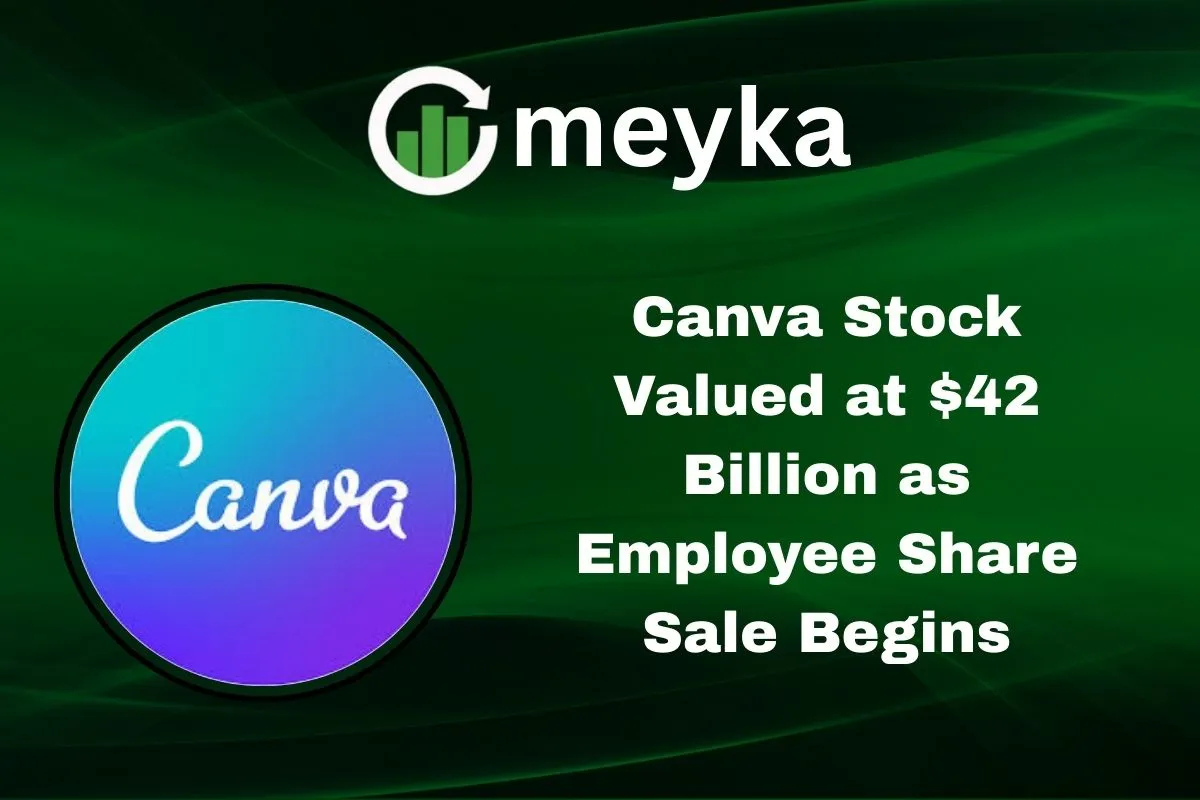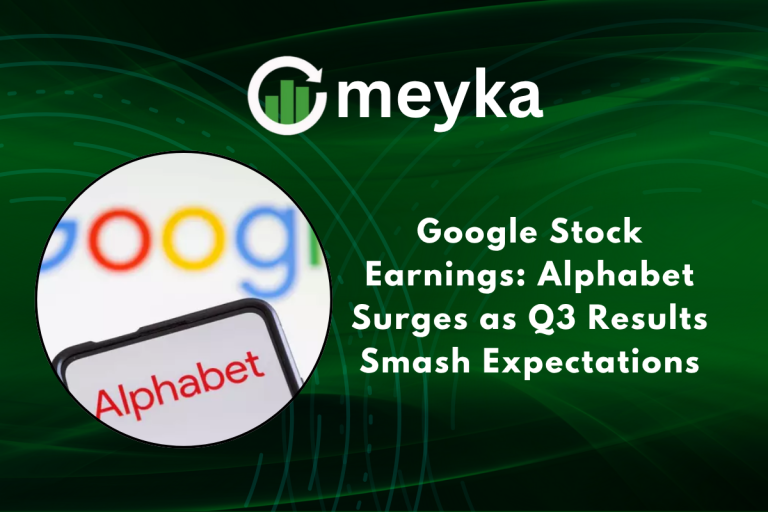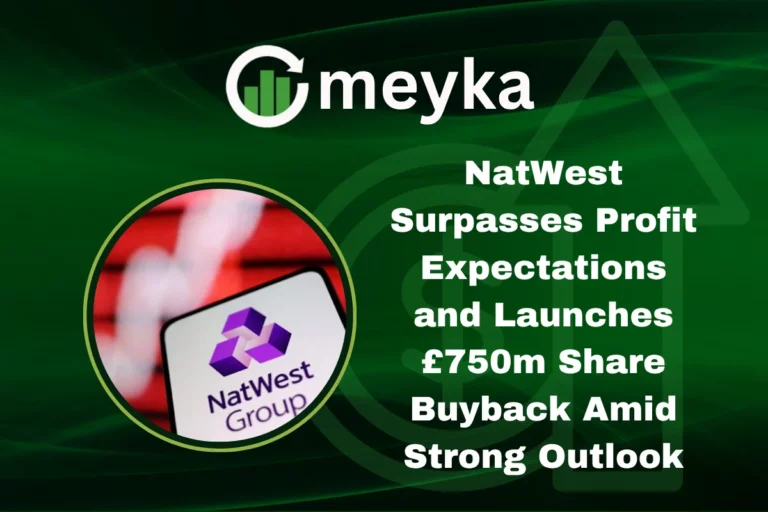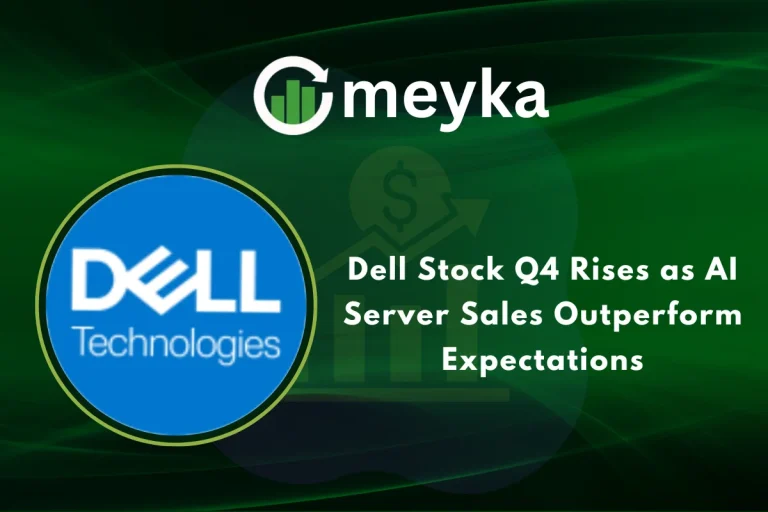Canva Stock Valued at $42 Billion as Employee Share Sale Begins
Canva just hit a big milestone. The design company has started an employee share sale that places its overall value at $42 billion. That is a strong signal in a tricky market. We see investors leaning back into profitable, high-growth software. We also see Canva staff getting a chance to turn their equity into cash. This matters for culture, hiring, and long-term momentum. Below, we break down what the new valuation means, how the share sale works, and what comes next for Canva Stock in the private markets.
Background on Canva
Canva launched in Sydney in 2013. The founders, Melanie Perkins, Cliff Obrecht, and Cameron Adams, set a clear goal: to make design simple for everyone. That idea spread fast. Today, Canva is used in classrooms, startups, and Fortune 500 teams. The platform has rolled out tools for presentations, video, docs, whiteboards, and AI features, too. This broad toolkit keeps users inside one workflow. It also helps Canva win bigger enterprise deals. Recent company updates point to 200M+ monthly users in 190+ countries and rising revenue. That scale is a key reason private buyers stay active around Canva Stock in secondary trades.
Details of the $42 Billion Valuation
The new $42B mark comes through a company-led employee share sale, reported by Bloomberg and picked up by Reuters and others. It represents a step up from late-2024 secondary marks near $32B, and a sharp rebound from the 2024 reset after the 2021 peak. This jump reflects stronger growth, new enterprise traction, and investor confidence as Canva eyes eventual public-market readiness. In short, buyers are paying more for the same Canva Stock because the business looks bigger, sturdier, and more profitable than a year ago.
Employee Share Sale Explained
What’s happening now is a secondary sale. Workers and early shareholders can cash out part of their current holdings by selling them to fresh buyers or existing investors. Canva is not raising new cash; instead, it is giving team members liquidity. This tends to boost morale and helps with retention in a competitive talent market. Reports say the offer is drawing strong demand, which is how a firm can clear trades at a higher company valuation. For staff, it can be life-changing. For the company, it keeps equity incentives meaningful without an immediate IPO.
Canva’s Business Model and Revenue Streams
Canva runs a freemium model. Many people use the free tier, then upgrade to Pro, Teams, or Enterprise. That approach creates a broad entry point and ensures consistent upgrades. Enterprise features, brand kits, asset controls, SSO, and the admin tool support large rollouts. Add-ons include a marketplace and a growing developer platform with APIs and apps. These pieces drive recurring revenue at scale. Company communications and recent reporting point to multi-billion-dollar annualized revenue and broad usage across regions and industries. This mix explains why demand for Canva Stock has stayed healthy in secondaries.
Investor Interest and Market Context
Private-market buyers are hunting for durable growth. Canva checks many boxes: large user base, strong cash generation, and eight-plus years of profitability cited in recent coverage. The new tender reportedly attracted well-known asset managers. That says something about confidence, despite tighter funding elsewhere. For context, 2024 saw Canva clear a large employee-led sale at lower valuations. The new level shows how quickly sentiment can turn for profitable category leaders. To us, it also hints at a clean setup for a future listing when markets are ready.
Challenges and Risks Ahead
Let’s stay balanced. Competition is real. Adobe, Figma (now independent again), and a wave of AI design tools keep the pressure on. Overvaluation risk exists if growth slows or enterprise churn rises. Global macro shocks can also hit software multiples and delay IPO plans. Canva needs to continue delivering practical AI tools, strengthen enterprise security and oversight, and maintain healthy margins while expanding its scale. If any of these stumble, demand for Canva Stock in the private market could cool. Still, the latest sale suggests investors believe the team can execute.
Future Outlook for Canva
What’s next? More enterprise expansion, more AI-assisted creation, and more platform integrations. Canva’s developer and API push suggests a strategy to become the hub for content creation across teams and apps. If revenue keeps compounding and net retention stays strong, we expect continued appetite for Canva Stock in any follow-on tenders. An IPO is not confirmed, but the playbook, repeat secondaries, bigger institutions on the cap table, and improved disclosures often lead there. Timing will depend on market windows and internal milestones.
Conclusion
The fresh $42B valuation shows strong investor trust, while employees gain access to cash through share sales. Investors get more exposure to a scaled, profitable design platform. We see this as a key step in Canva’s move from beloved app to public-ready company. If Canva delivers well and market conditions stay favorable, the path forward appears promising.
FAQS:
You cannot buy Canva stock on public exchanges yet. It is still private. Only big investors in private markets can invest before an IPO happens.
No, Canva has not launched an IPO. The company is still private. Employees can sell shares in private deals, but public investors must wait.
No, Canva stock is not free. It is private equity. Employees get shares as part of ptheiraypaywhile investors must buy through private sales or future IPO.
Disclaimer:
This content is for informational purposes only and is not financial advice. Always conduct your research.





